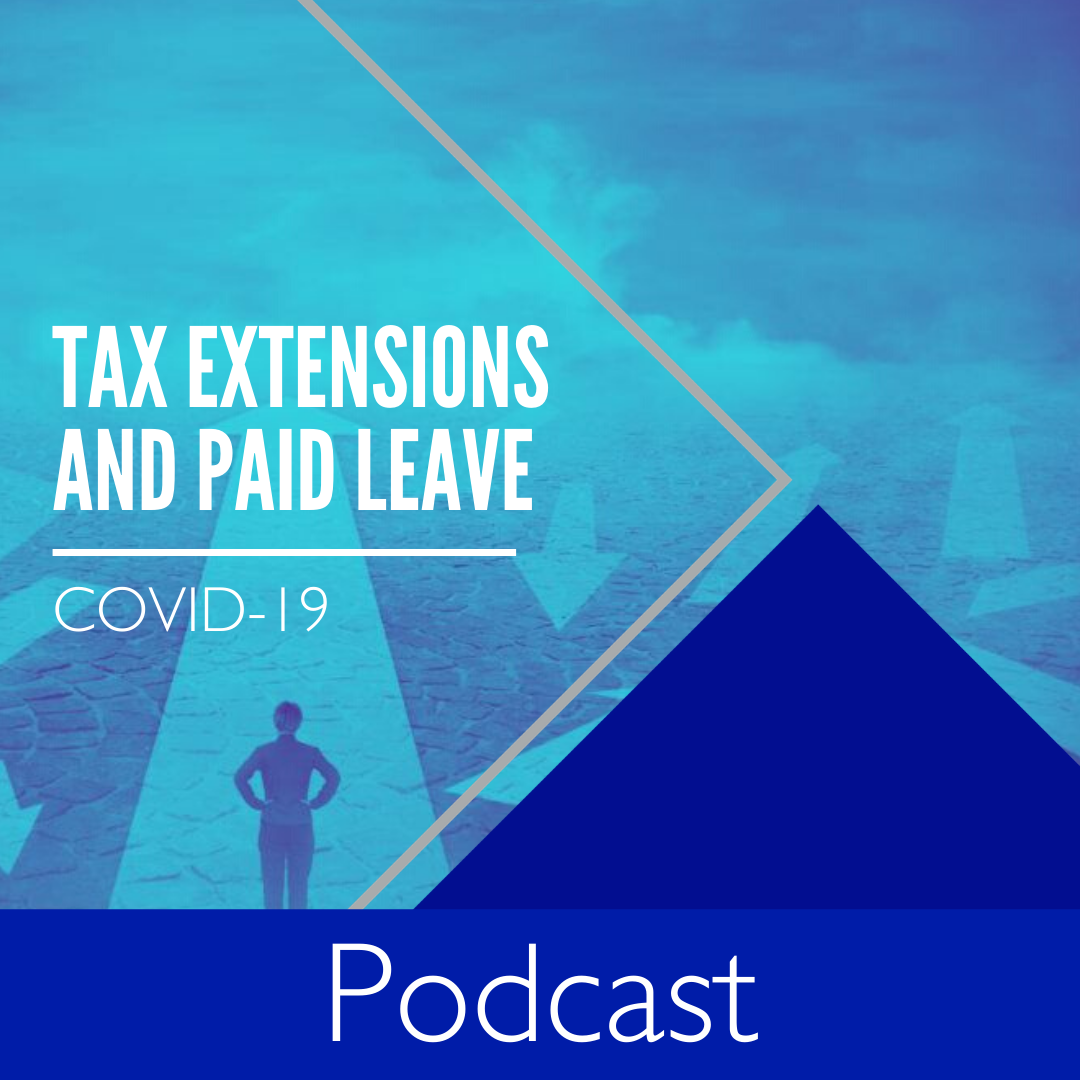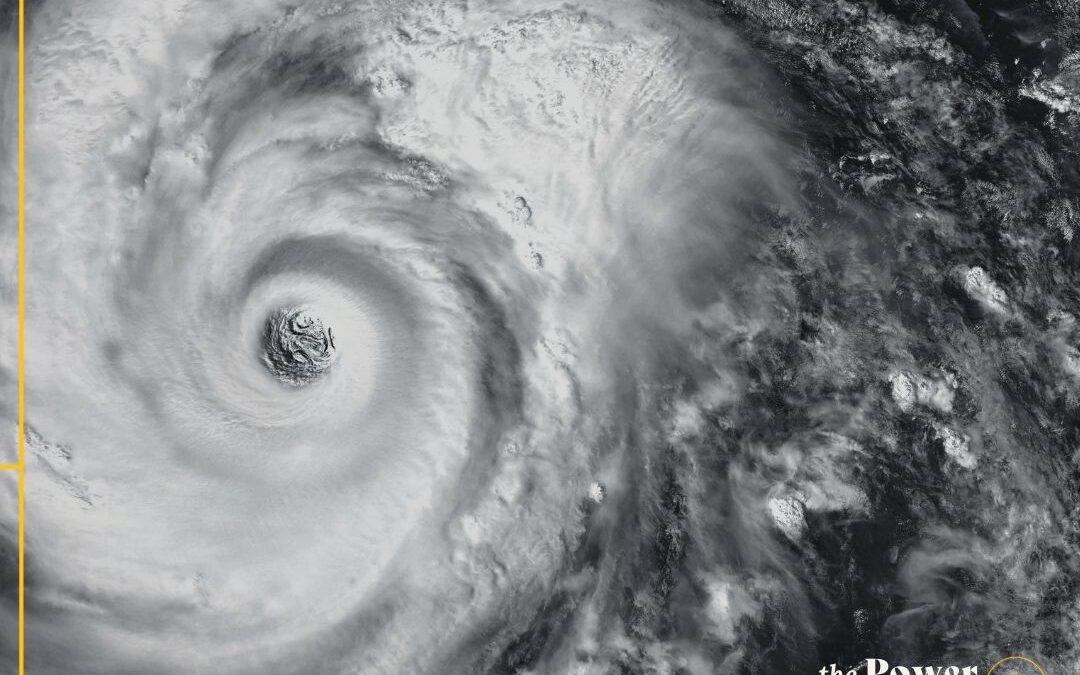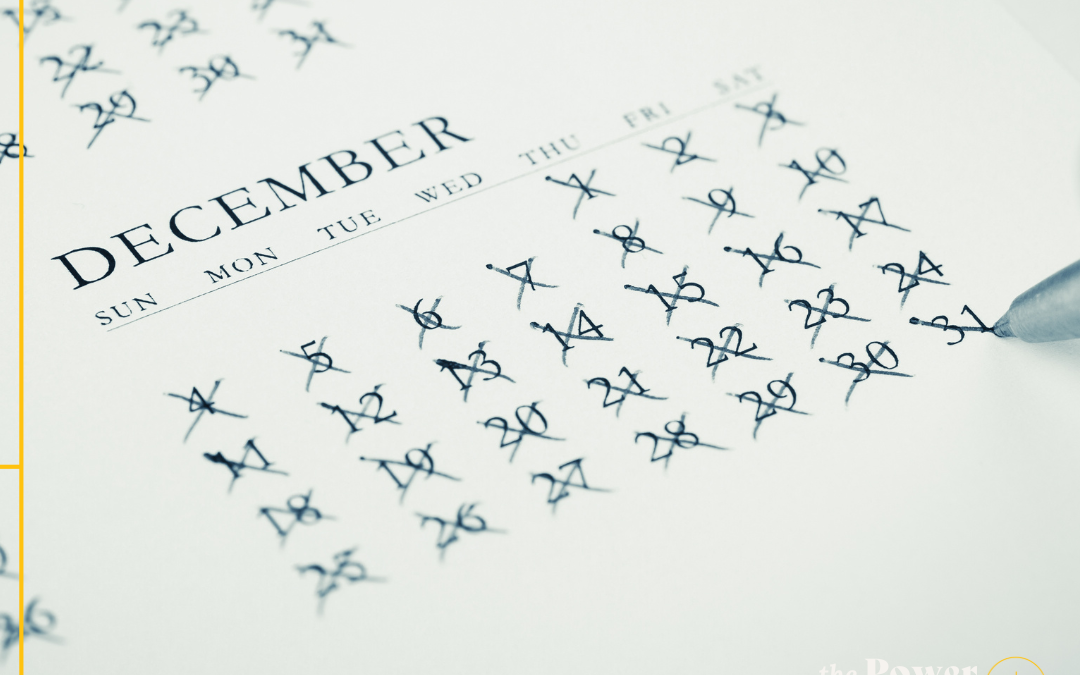We recorded this show on March 24, 2020, and things are changing daily. So this is what we know as of the time of recording.
As a result of the COVID-19 pandemic, our world and how we do business and plan for our personal finances is changing rapidly. Here’s what we know today (March 24, 2020) about the April 15, 2020, tax extensions and paid leave.
What is new with the extended due date?
What we know this week is that both the tax returns and the payments are now extended automatically from April 15, 2020, to July 15, 2020. Last week it was just the payments, but over the course of the last week, they’ve also said that the tax returns are extended.
Now, Wisconsin and Minnesota have extended the date, but some other states haven’t, so if you’re outside of Wisconsin and Minnesota, take a look at your state.
The first quarter estimate, which is usually due on April 15, 2020—that’s also due on July 15, 2020. But the second quarter estimate, for those that pay quarterly estimates, is still due on June 15, 2020, at this time, but I think that may change. But for right now, your second quarter estimate is due essentially before your first quarter estimate. And all the dollar limits that we talked about last week, that’s all gone away.
And a new thing to add is that as of today [March 24, 2020], any kind of IRA or HSA contributions for 2019 are still due by April 15, 2020, of this year.
What is new right now with the sick leave?
So as a reminder of what we talked about last week, the Act provides up to 80 hours of sick paid leave for COVID-19-related reasons. I like to think about this rule in tiers, and in this case we essentially have two tiers.
The first tier is if you are directly affected by the virus. So in this case, you would be eligible for up to 80 hours of sick pay at your regular, full rate in most cases. Now there’s a daily limit of $511 per day, but most people won’t hit this limit.
The second tier is if it doesn’t affect you directly, but you have to care for somebody else that is affected by it. In this case, you would still be eligible for up to 80 hours of sick pay, but your pay would only be two-thirds of your regular rate. And once again, there’s a daily limit here, which is $200 per day, which most people won’t hit.
Now, clearly there is much more to this, but that’s the basics of what we know. Since each individual circumstance is different, it’s difficult to get into details on a short show like this.
Last week we also touched based on the extended family medical leave part of the Act. Can we go over that one more time?
This is similar to the tier two that we just talked about, but it’s for a longer period of time. So if you are unable to work because of a need for care of a child whose school is shut down or day care provider is shut down, and you can’t find someone else to care for that child, you may be eligible for up to 10 weeks of pay.
Now, similar to what we discussed earlier, that 10 weeks of pay would only be at two-thirds of your regular salary, or up to $200 a day.
Now with this one I think it’s probably ripe for interpretation, so I think that there will be more regulations coming out on this one for sure, to see who’s eligible and who’s not eligible for those 10 weeks.
Are these payments still expected to be reimbursed to the employer in full?
Yes. So other than timing, it should not cost the employer anything from what we can tell at this point. Any payments made to the employee will be reimbursed through payroll taxes and through the Form 941 federal tax deposit, and anybody that has payroll knows that they have to do a federal tax deposit, and that’s where this will get reimbursed through, for the most part.
Now, the specific rules will be out within 30 days from when the Act was signed, so we’ll know a lot more about the actual employer part probably mid-April 2020.
Last question: When can the sick pay start to be paid out? Do we know that?
So we think we know the answer to this question. At this point, we believe it’s effective for sick pay to be paid on or after April 2, 2020. So anything paid out before April 2, 2020, is kind of under the old rules: You’ll use your old sick pay, you’ll use your old PTO policy that you currently have, not these new rules.
Now, there’s three parts of the bill working its way through Congress as of today [March 24, 2020], and I’m sure we’ll talk about that next week. But I also want to talk about the sick pay credit from the employer’s point of view—we talked a lot about it from the employee’s point of view—so I think we have lots to talk about over the next few weeks.
Again, this show that is airing on March 26, 2020, we’re actually recording on March 24, 2020, so a lot can change over the next 48 hours.
Resources:
Paid Sick and Family Leave under the Family First Coronavirus Response Act Read An Important Message from Our Firm





